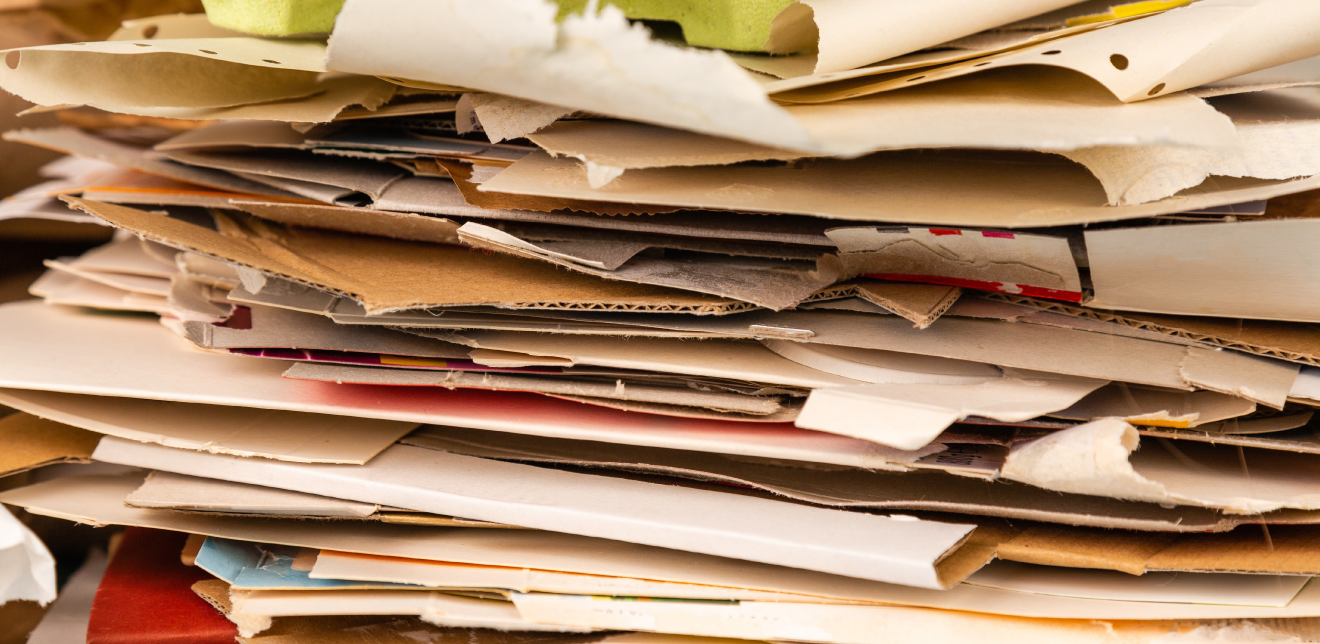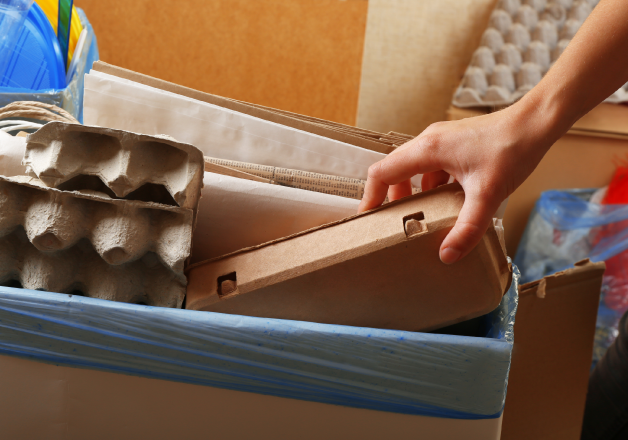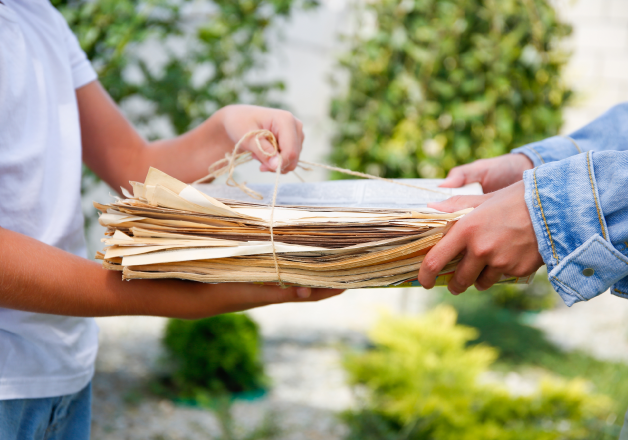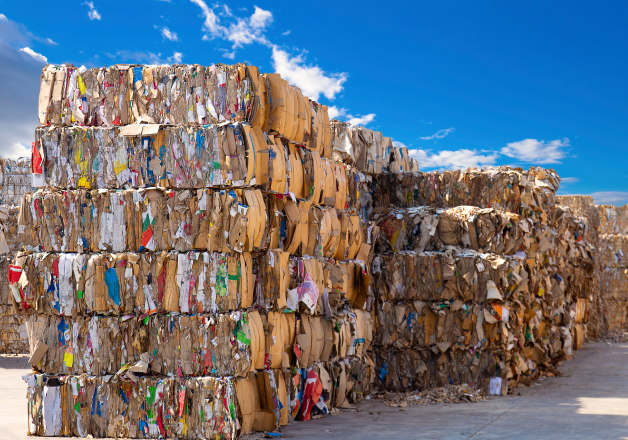
Proper Paper Sorting to Create Income
For many years, the world has been campaigning for reduced paper consumption. Whether using both sides of paper or recycling paper, both options are interesting global trends because paper remains essential but can harm the environment when used excessively. This is because the raw materials used to make paper are trees, and paper production processes release pollution into nature.
Hence, recycling paper is one way to reduce environmental harm since recycled paper is the reuse of paper that has already been used through a recycling process to adequately meet various usage requirements. If the paper is properly sorted by type, its value will increase and can create income.
In the paper recycling process, before transporting paper to a paper factory, it is necessary to correctly sort paper by type and category to ensure that each type of paper can be recycled into new products.

How many types of paper are there to sort?
For paper to be recycled, proper sorting is necessary. It is possible to sort paper according to the categories created by paper factories as different grades as follows:
1. Grade A paper: Office paper, printer paper, and white paper.
2. Grade B paper: Crate Paper, box paper, and magazines.
3. Grade C paper: Newspapers, advertisements, and corrugated papers.
4. Other paper: Tissue paper, toilet paper, coffee cups, and wax paper.

How to do proper paper sorting?
Correct paper sorting will divide the paper into the proper categories. Once sorted, it can increase the value of paper and generate income from selling paper to paper factories for recycling. Everyone can do it properly by using methods as follows:
Step 1: Sort paper by type.
Step 2: Remove all stickers from the paper.
Step 3: Clean the paper with filthy spots and scraps that contaminate the box, crate paper, etc.

When discussing paper usage requirements today, Thai people use an average of 3.9 million tons of paper per year or about 60 kilograms of paper per year. Thus, in order to sufficiently meet the Thai people’s paper needs, it is necessary to cut as many as 66.3 million tons of trees each year. This means that over 126 trees are cut down every minute.

Therefore, proper paper recycling and sorting can help reduce deforestation by reusing paper as raw materials to create new paper, restoring greenery and abundance for the world, and protecting the environment to ensure sustainability for future generations.
Our References: dms.go.th
http://secretary.dms.go.th/secretary/paperless/data/2-2563.pdf
